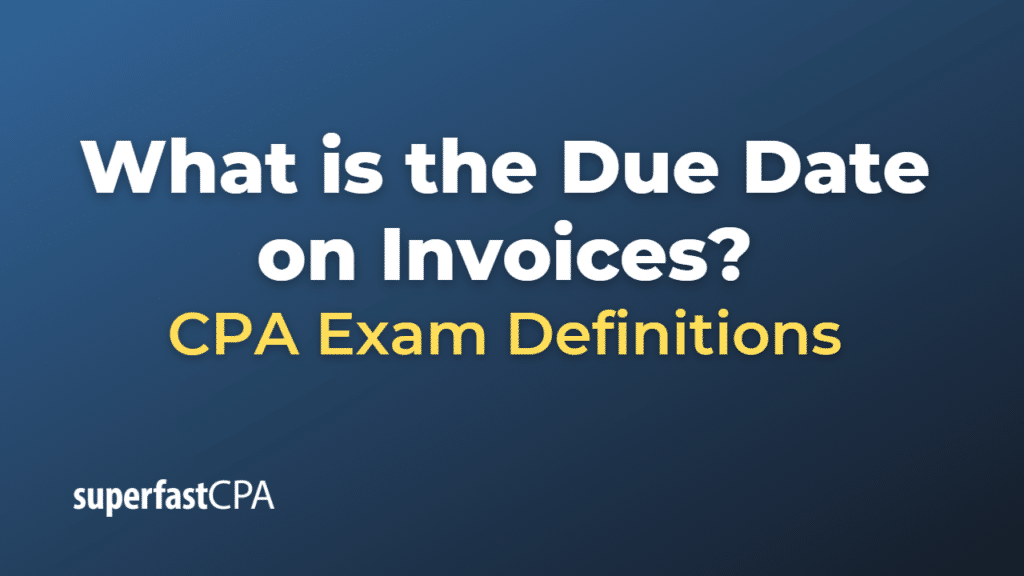Due Date on Invoices
The due date on an invoice is the date by which payment is expected to be made by the customer to the supplier or service provider. This is a key part of any invoice, as it informs the customer of when they need to settle their account.
The due date can be set by the business according to their terms of service. Commonly, businesses may use terms such as “Net 30” or “Net 60,” which mean the invoice is due 30 or 60 days, respectively, after the invoice date. However, the terms can vary greatly depending on the industry, the nature of the goods or services provided, and the relationship between the two parties.
In some cases, businesses might offer discounts for early payment. For example, an invoice might include terms like “2/10 Net 30,” which means the buyer will receive a 2% discount if they pay within 10 days; otherwise, the full amount is due within 30 days.
It’s important for businesses to clearly communicate their payment terms and due dates to ensure timely payments and maintain healthy cash flow. Similarly, customers should carefully note due dates to avoid late payment penalties and maintain good relationships with their suppliers or service providers.
Example of the Due Date on Invoices
Imagine you own a small business that sells office supplies to other businesses. You receive an order from a customer for $1,000 worth of supplies. Once the order is filled, you send an invoice to the customer. The key details of the invoice might look something like this:
- Invoice Date: May 1, 2023
- Amount Due: $1,000
- Payment Terms: 2/10, Net 30
- Due Date: May 31, 2023
In this example, the invoice is dated May 1, and the payment terms are “2/10, Net 30.” This means the customer has until May 31 (30 days from the invoice date) to pay the full amount of the invoice ($1,000). However, if the customer pays within 10 days (by May 10), they can take a 2% discount. This would make their payment $980 ($1,000 minus 2% of $1,000).
By setting these terms, you’re encouraging the customer to make their payment earlier, which can help improve your business’s cash flow. But whether the customer takes the discount or not, they know that their payment is expected by the due date of May 31.
Remember, it’s crucial to communicate these terms clearly to your customers to avoid any confusion or delays in payment. And for customers, it’s important to understand and adhere to these terms to maintain a good business relationship and avoid any late payment fees or penalties.













